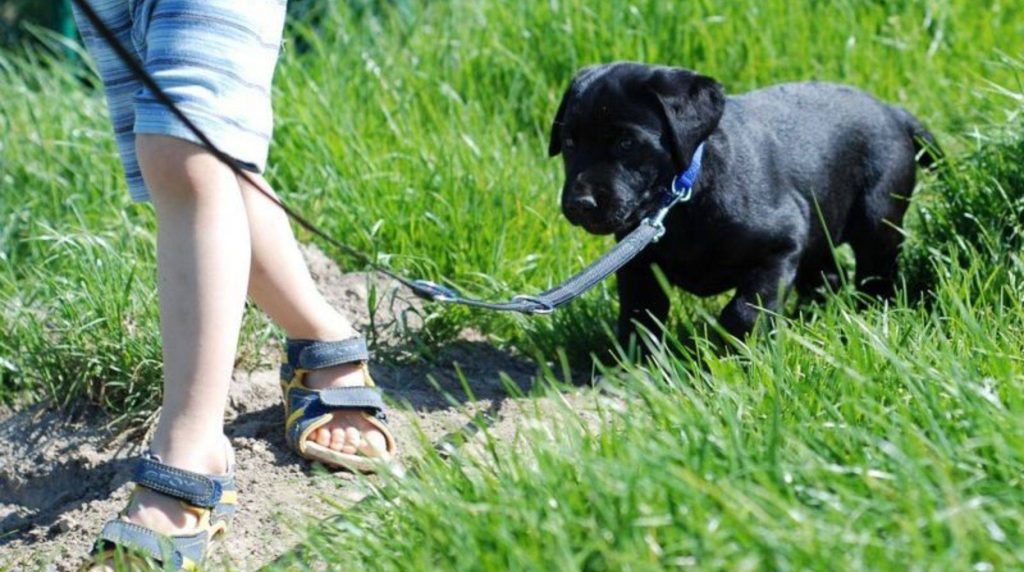
Leash Handling: Helping Your Dog Adjust to the Leash
Collar and leash can be difficult for dogs to accept; unfortunately, however, modern life makes their presence indispensable. If you want your canine friend to accept these new restrictions on his mobility more easily, take note of these invaluable tips for success.
Before beginning leash training, give your dog a good workout to calm and focus. Leash them with pleasure at home in an enjoyable environment and give praise when he wears his collar.
Prep Step: Put on the Collar
Signal to your four-legged friend that wearing a collar is good and give him time to get used to it. Tip: As soon as you put the collar on, start an exciting game immediately with treats, followed by taking off and taking off immediately the collar after every treat has been offered – do this several times; this should help create the link between enjoyment of play/pleasure and wearing of collar or harness (in either case).
An important element of using the correct equipment for your pup is choosing a collar of adequate width – as this will reduce choking incidents and ensure it doesn’t tighten uncontrollably! For more guidance, see “Dog Harness or Collar? Which Should Be Your Choice? “.
Learn to introduce your dog to a leash: step by step
Once you’ve donned both collar and leash, training can commence. Begin by adapting to your pup’s pace so the leash sits loosely; stop and lure him with words such as “come” or his name when necessary, or use treats as lures to gradually progress; remember never to put pressure on or pressurize your four-legged friend; patience is the key to successful dog training!
If your hunting dog rushed ahead, stop and show him that this is not the path you should be on by turning around and walking the other direction. If your hunting dog ran along again, repeat these steps until he changes course again. It is essential that whenever your hunting dog walks quickly alongside or in front of you, praise and reward him enthusiastically so he remembers this behavior is acceptable.
Just briefly instruct leash control.
Be mindful not to extend training sessions too far. For puppies just learning the leash, this should not go beyond 15 minutes as your four-legged friend might become distracted after that point. Loosen the leash only when your pup has reached heel; generally practice only when their mind and mood is full and busy!
For tips on introducing your puppy to a leash, see “Getting Puppies Acclimatized to a Dog Collar: Tips.”
Tips to prevent your dog from pulling on its leash
If your four-legged friend pulls constantly on his leash and nearly strangles himself with its collar, consider getting him fitted for a dog harness. Your animal companion should slow himself down significantly when using one, plus your cervical spine and larynx won’t feel as heavily loaded by carrying so much extra weight. Another effective tactic against leash pulling could include light punishment by interrupting something enjoyable during walks; your pet might pull to get to his destination quickly but this shouldn’t be considered the way forward!
Stop and move forward when the leash is hanging loosely, or abruptly change direction from time to time, so your dog quickly adjusts to accepting and responding to your movement with regards to accepting and paying attention to his leash. For more tips and insights regarding this topic, check out: “What to Do If Your Dog Keeps Pulling on His Leash?”

